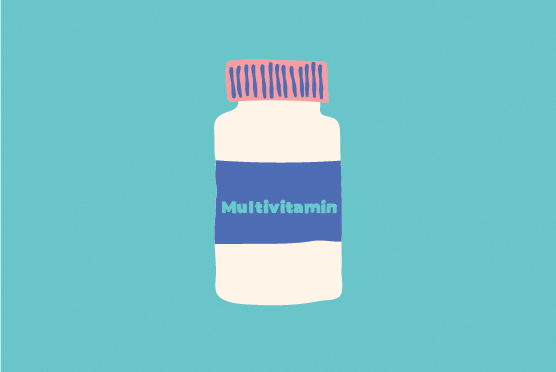Inside this article
Once your journey with starting solids is underway, many parents wonder if there is a certain amount their baby should be eating whilst weaning or if there are target portion sizes babies should aim for once they’ve started solids.
In this blog, you’ll find out
- If babies need specific portions of food during weaning
- How to tune into your baby’s hunger and fullness signs
- Factors that can affect how much your baby wants to, or can eat
Do babies need specific portion sizes or amounts during weaning?
Whilst it’s natural to seek reassurance about how much your baby should be eating once they get started and progress with solids, the reality is that there are no ‘official’ portion size guidelines. This is for a variety of reasons, including the following;
- Your baby is still learning to eat, and it will take time to gain the skills and experience they need to manage a wide range of foods. There are likely to be differences in their ability to eat certain foods initially, e.g. purees or mashed foods may be ‘easier’ to eat initially than finger foods.
- Setting portion sizes for babies could contribute to parental worry or concern and lead to non-responsive feeding practices (more on these below)
- Each baby is individual and will need different portions based on their size, activity levels (e.g. crawling, walking) and pace through weaning.
- Babies and children can naturally regulate their appetite, eating (or drinking) when hungry and stopping when full.
Baby led weaning
It is recommended that similar to milk feeding, parents responsively feed their baby during weaning. This means paying attention to the signs and signals your baby is hungry or would like more food, and when they are full – allowing them to eat to their appetite. Trusting a baby’s appetite can be challenging, especially as there may be messages all around you, from social media to well-meaning other parents or grandparents suggesting babies need a certain amount. However, this is simply not the case. Focus on your baby, their progress and their needs.
Many parents find an approach to feeding called ‘The Division of Responsibility’ coined by Ellen Satter, helpful. The approach divides the roles of parents and their children as below;
Parents provide
- What food is offered.
- How much food is offered.
- Where food is offered
Child decides
- Which foods they want to eat or interact with.
- How much they eat.
- What order the foods are eaten in.
How to tell when your baby is hungry and full
Recognising when your baby is hungry or full might feel like guesswork to begin with. However, they will use their means of communication, e.g. gestures, behaviours, sounds or words, to express their wants and needs. Here are some common signs a baby is hungry or ready to eat and when they are full;
Signs your baby is hungry or would like more food;
- Fussing or crying
- Leaning towards foods or reaching out for food
- Opening mouth towards the spoon or food
- Looking at or gazing at food
- Becoming excited when seated in the highchair or around food
- Signing or communicating “more” (in older babies)
Signs your baby is full, and does not want more food;
- Turning their head away from the spoon or food
- Closing their mouth or clamping it shut
- Pushing the food or spoon aware
- Throwing food (especially towards the end of a meal)
- Getting distressed e.g. flapping arms, getting upset/crying
- Becoming more easily distracted or slowed pace of feeding
- Signalling a clear no, e.g. shaking their head
What affects how much a baby wants to eat?
It is very common for a baby’s intake to fluctuate during weaning, accepting more on some days and less (or none) on others. The inconsistency of a baby’s intake can worry many parents, but these waves are very common. Your baby has a lot to learn during weaning – eating is a complex task – so ups and downs are to be expected. Other factors can affect a baby’s appetite and interest in food such as;
Teething
Many babies may refuse foods (or the spoon in their mouths) altogether. They may prefer soft foods or firmer, colder foods to munch on. Follow your baby’s lead, as it’s likely their interest and appetite will improve once their gums are less sensitive or sore.
Illness
Periods of illness can be common during the early years, and babies have an immature and developing immune system, meaning intercurrent illness is common. It is usual for a baby’s appetite and interest in food to drop (or food to be refused completely) during illness and even for a period of time after illness. Avoid forcing them to eat or applying pressure to mealtimes, as this can increase distress and food refusal. Focus on hydration as a priority.
Anxiety
Babies look to their primary and trusted caregivers to model eating, be calm and give them confidence around foods and at mealtimes. If you are feeling worried or anxious at your baby’s mealtimes, they are likely picking this up, which can also impact their engagement or interest in food. Put simply, anxiety is infectious, and anxiety is associated with reduced appetite!
Medical conditions
Babies who are experiencing medical conditions such as constipation, reflux, recurrent vomiting or food allergies may have additional challenges associated with eating or experience adverse outcomes or associations with eating. It is recommended to seek medical advice if your baby has one or more of these conditions you do not feel are managed.









